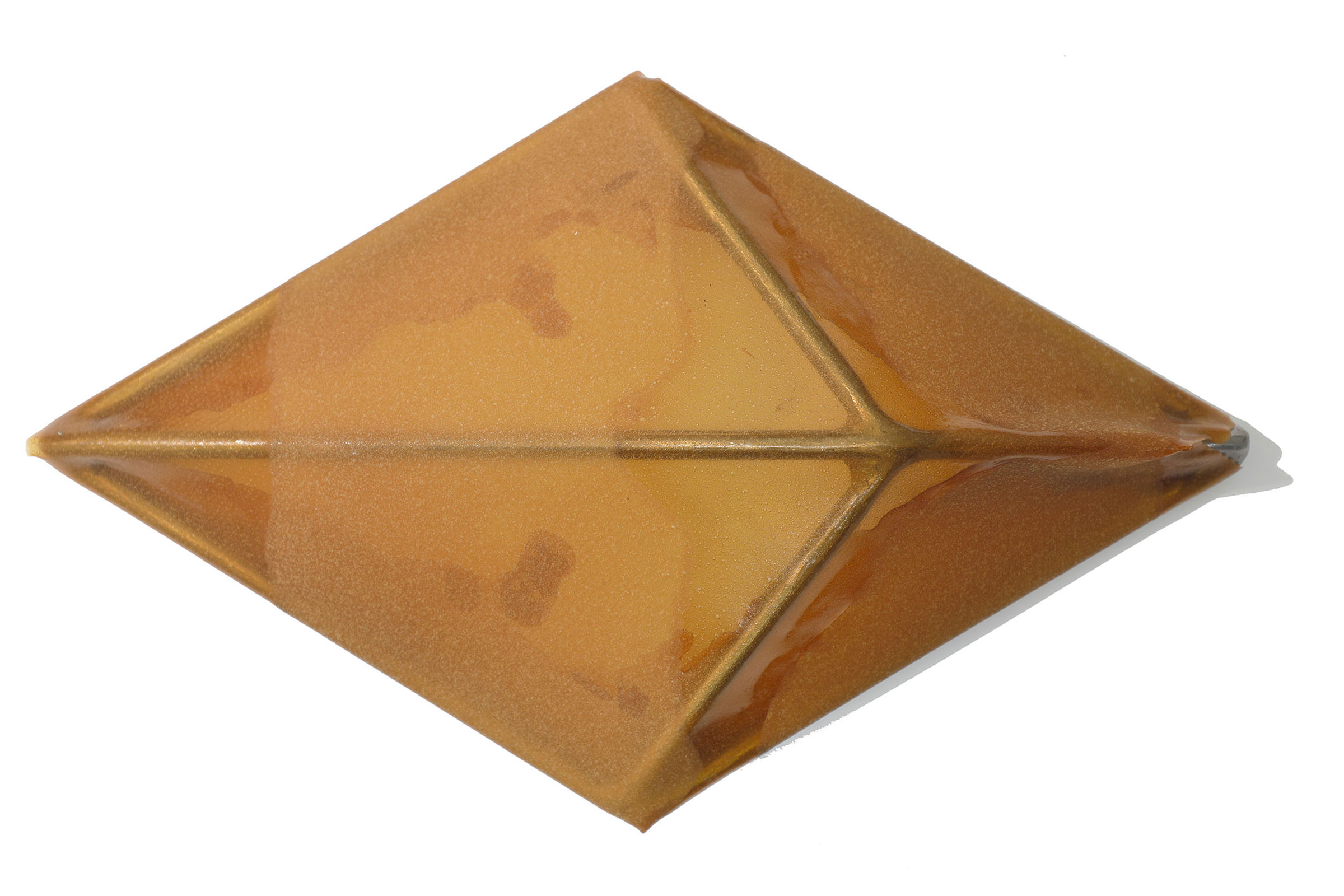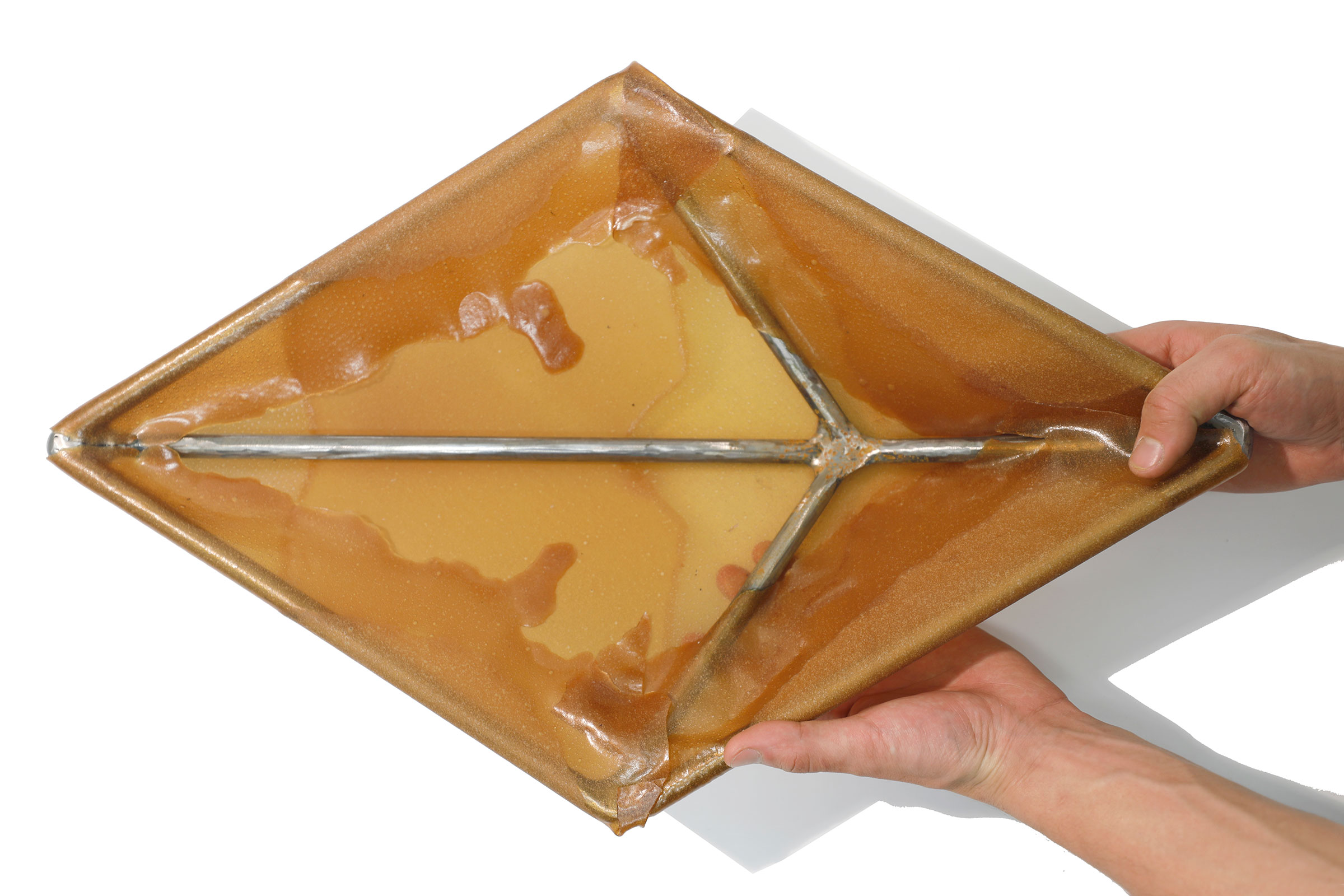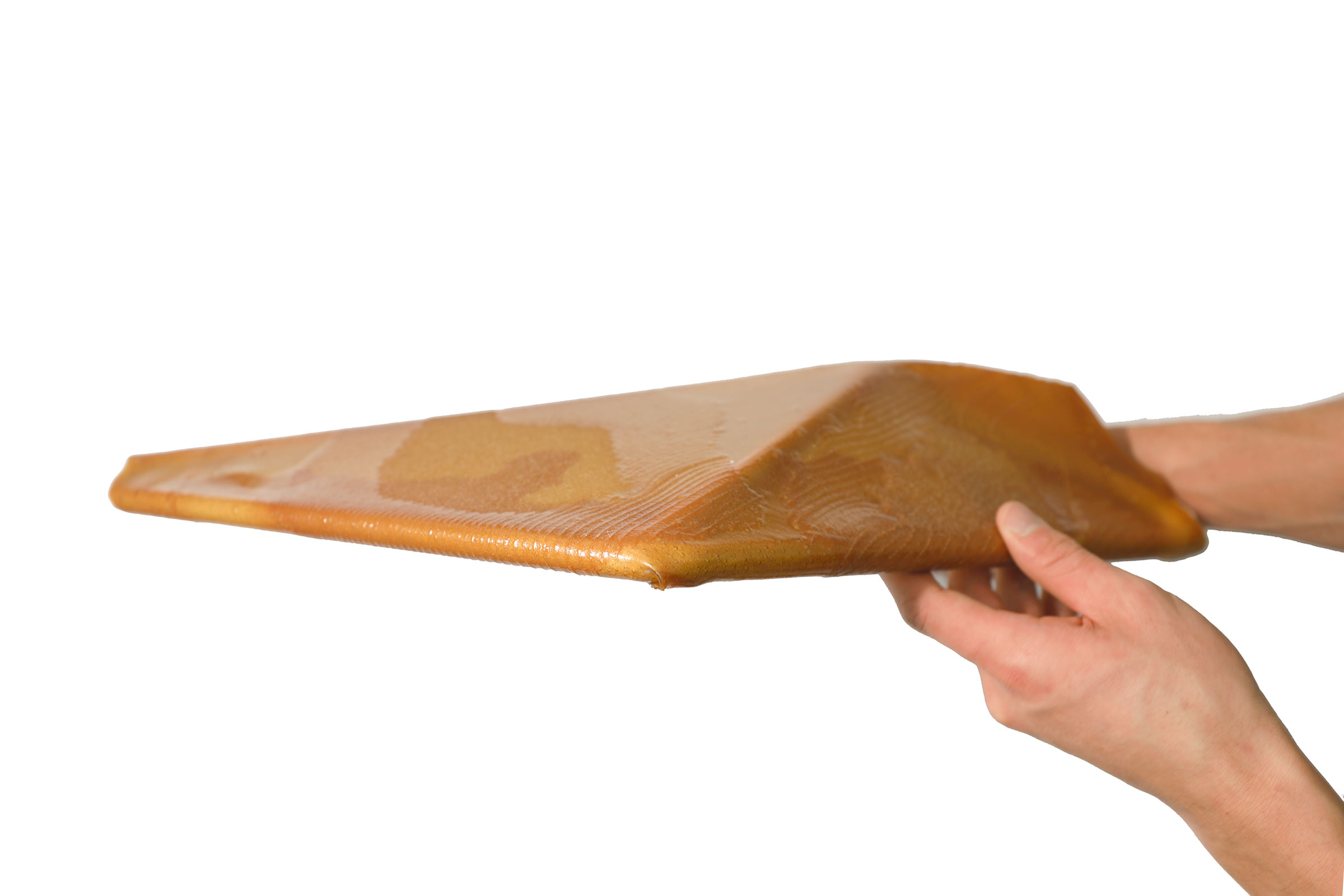





Figure I: These experiments examine how biopolymer surfaces wrapped over rigid structures may shrink and deform over time.


Figure II: The hydrogel toolpaths are designed to match the shape and dimensions of specific areas on the frame. The base layer consists of a pectin chitosan sodium hydroxide formula that is printed as parallel



Figure III: A second layer of pectin is printed as an infill onto areas that will bend around or attach to the steel frame. This layer has a higher concentration of pectin to allow for flexibility. When wet, the pectin can be stuck onto the metal frame. Once dry, the surface will adhere to the metal frame on its own.